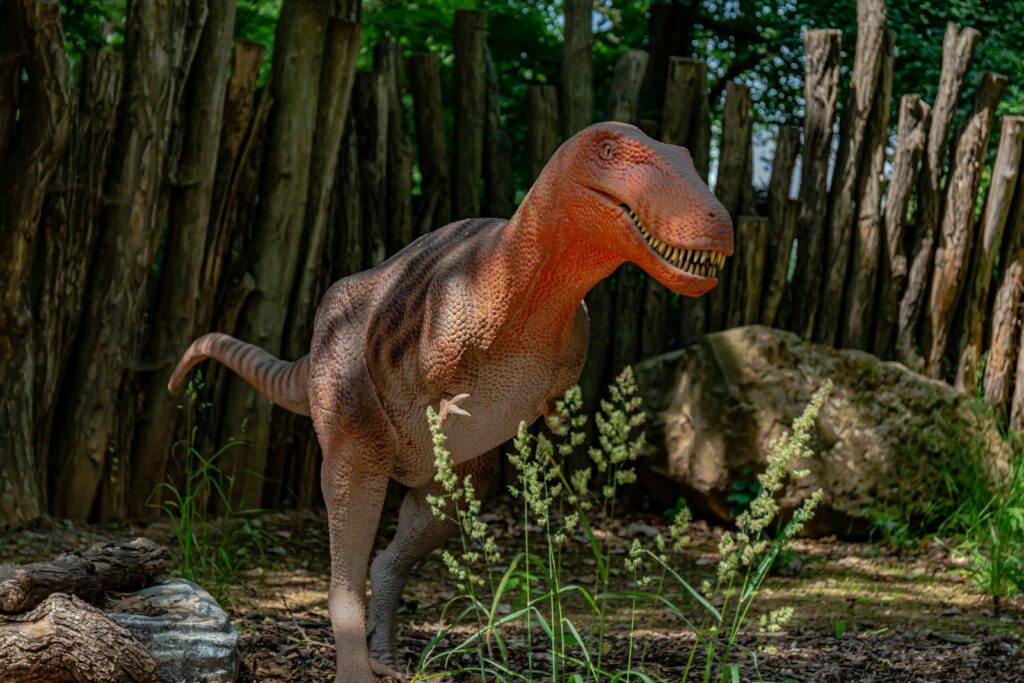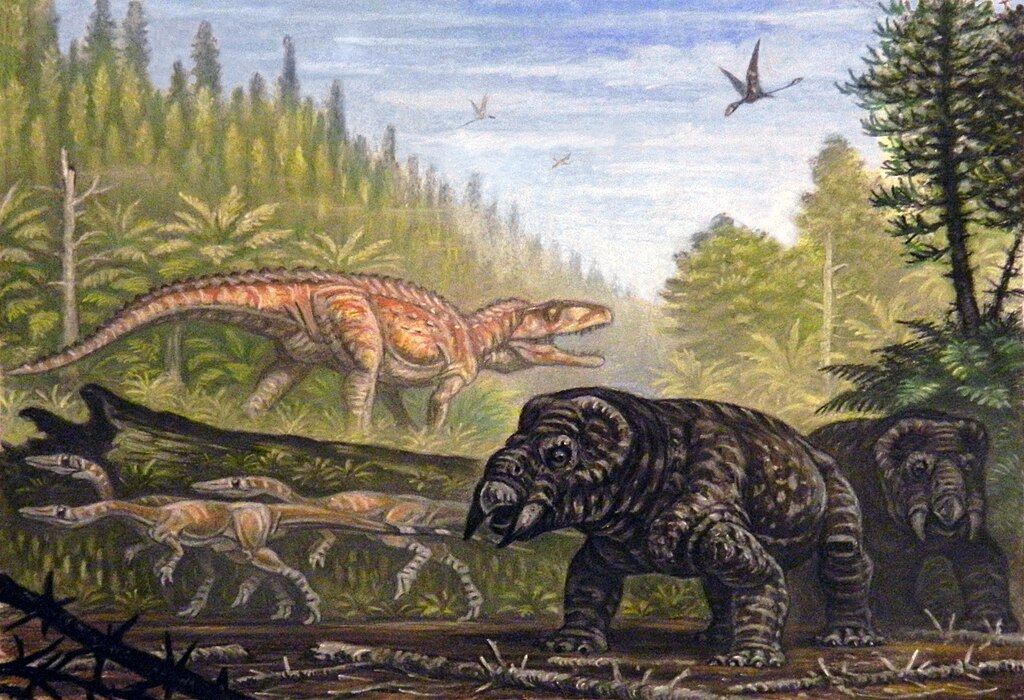Picture this: you’re standing in a museum, staring at a massive T-Rex skeleton, when suddenly you realize that almost everything you thought you knew about dinosaurs might be wrong. The creature towering above you probably didn’t roar like in the movies, might have been covered in feathers, and could have been a surprisingly caring parent. Welcome to the fascinating world of paleontology, where every new fossil discovery has the potential to shatter our preconceptions about these ancient giants.
For decades, Hollywood and popular culture have painted dinosaurs as slow, stupid, cold-blooded monsters that dominated Earth through brute force alone. But modern science tells a dramatically different story. Today’s paleontologists are armed with advanced technology, sophisticated analytical tools, and a growing mountain of evidence that’s forcing us to completely reimagine what dinosaurs were really like. Yet even with all these advances, some fundamental questions about dinosaur behavior, appearance, and biology remain hotly contested in scientific circles.
The Great Feather Debate: Were All Dinosaurs Scaly?
The discovery of feathered dinosaur fossils in China completely revolutionized our understanding of these ancient creatures. Scientists have found evidence of feathers on everything from tiny raptors to massive tyrannosaurs, suggesting that feathers weren’t just for flight but also for insulation, display, and temperature regulation.
However, the debate rages on about which dinosaurs had feathers and which remained scaly. Some researchers argue that most theropods (meat-eating dinosaurs) sported some form of feathery covering, while others maintain that only certain species evolved this trait. The controversy intensifies when discussing larger dinosaurs like T-Rex, where some scientists claim they had downy feathers while others insist they were predominantly scaly.
Recent studies using advanced imaging techniques have revealed microscopic structures in fossilized skin that could indicate feather follicles, but interpreting these findings remains challenging. The truth is, we’re still piecing together this prehistoric puzzle, and each new discovery adds another layer of complexity to the feather debate.
Cold-Blooded vs. Warm-Blooded: The Metabolic Mystery
One of the most heated debates in paleontology revolves around dinosaur metabolism. Traditional thinking classified dinosaurs as cold-blooded reptiles, similar to modern lizards and crocodiles. This view suggested they were sluggish creatures that relied on external heat sources to regulate their body temperature.
Modern research has challenged this assumption dramatically. Scientists now point to evidence suggesting many dinosaurs were warm-blooded, including their upright posture, complex social behaviors, and the presence of insulation like feathers. Some studies of dinosaur bone structure reveal growth patterns similar to modern birds and mammals, indicating rapid development that would require a warm-blooded metabolism.
The debate has evolved into a more nuanced discussion about “mesothermy” – a metabolic state somewhere between cold and warm-blooded. This middle ground suggests dinosaurs might have had variable metabolic rates depending on their size, environment, and lifestyle, making the simple hot-or-cold classification inadequate for these complex creatures.
The Sound of Silence: Did Dinosaurs Really Roar?
Thanks to Hollywood blockbusters, we all “know” what dinosaurs sounded like – they roared like lions, right? This assumption has been deeply embedded in popular culture for decades, but modern science suggests the reality was likely very different. Paleontologists studying dinosaur vocal anatomy have discovered that most dinosaurs probably couldn’t produce the deep, resonant roars we associate with them.
Instead, research indicates that dinosaurs likely made sounds more similar to modern birds – their direct descendants. This could include chirping, hissing, booming, or even infrasonic calls too low for human ears to detect. Some scientists theorize that large dinosaurs might have produced deep, rumbling sounds similar to elephants or crocodiles, but the classic movie roar is almost certainly fiction.
The challenge lies in reconstructing soft tissue structures from fossilized remains. While we can study dinosaur skull shapes and infer possible vocal capabilities, the actual sound-producing organs rarely fossilize, leaving scientists to make educated guesses based on their closest living relatives.
Parental Behavior: Nurturing Giants or Neglectful Monsters?
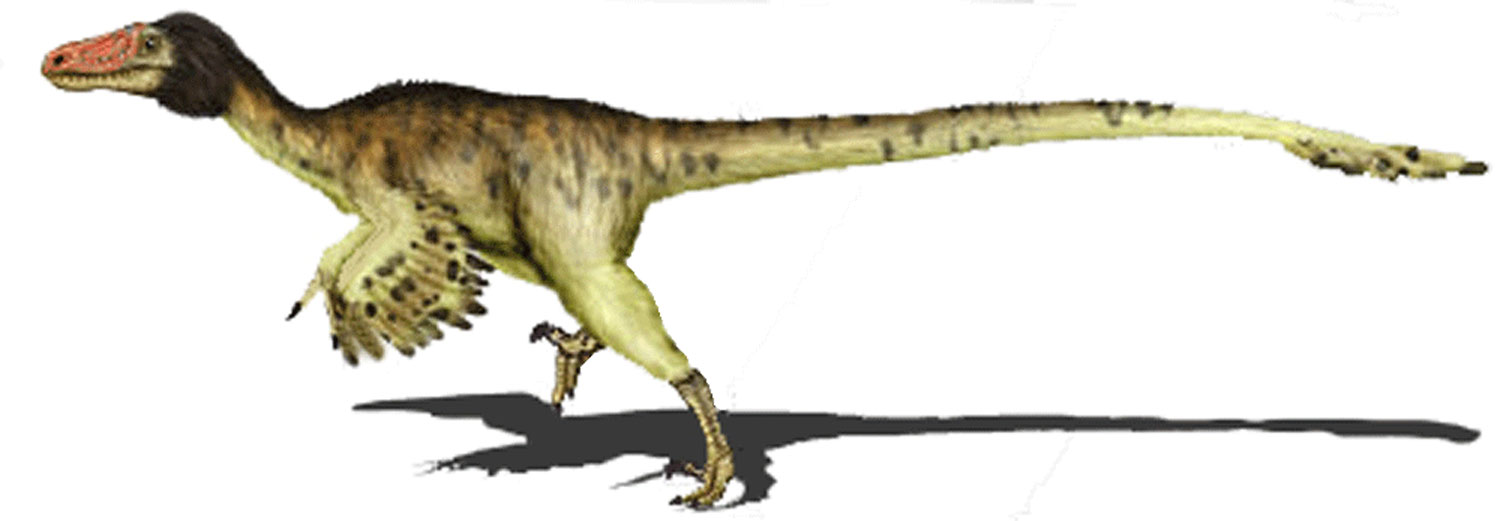
The image of dinosaurs as uncaring, primitive creatures has been thoroughly challenged by mounting evidence of sophisticated parental behaviors. Fossil discoveries of dinosaur nests, eggs, and juveniles have revealed surprisingly complex family structures and care-giving behaviors that rival those of modern birds and mammals.
However, scientists continue to debate the extent and nature of dinosaur parental care. Some species clearly built elaborate nests and may have incubated their eggs, while others might have simply laid eggs and left them to hatch independently. Evidence of juveniles found near adult remains suggests some dinosaurs lived in family groups, but whether this represents active parenting or coincidental grouping remains contentious.
The discovery of dinosaur species with different parenting strategies has complicated our understanding even further. Some appear to have been highly social with extended family care, while others show evidence of more solitary lifestyles, creating a spectrum of parental behaviors that scientists are still working to understand.
The Speed Question: Slow Giants or Swift Predators?
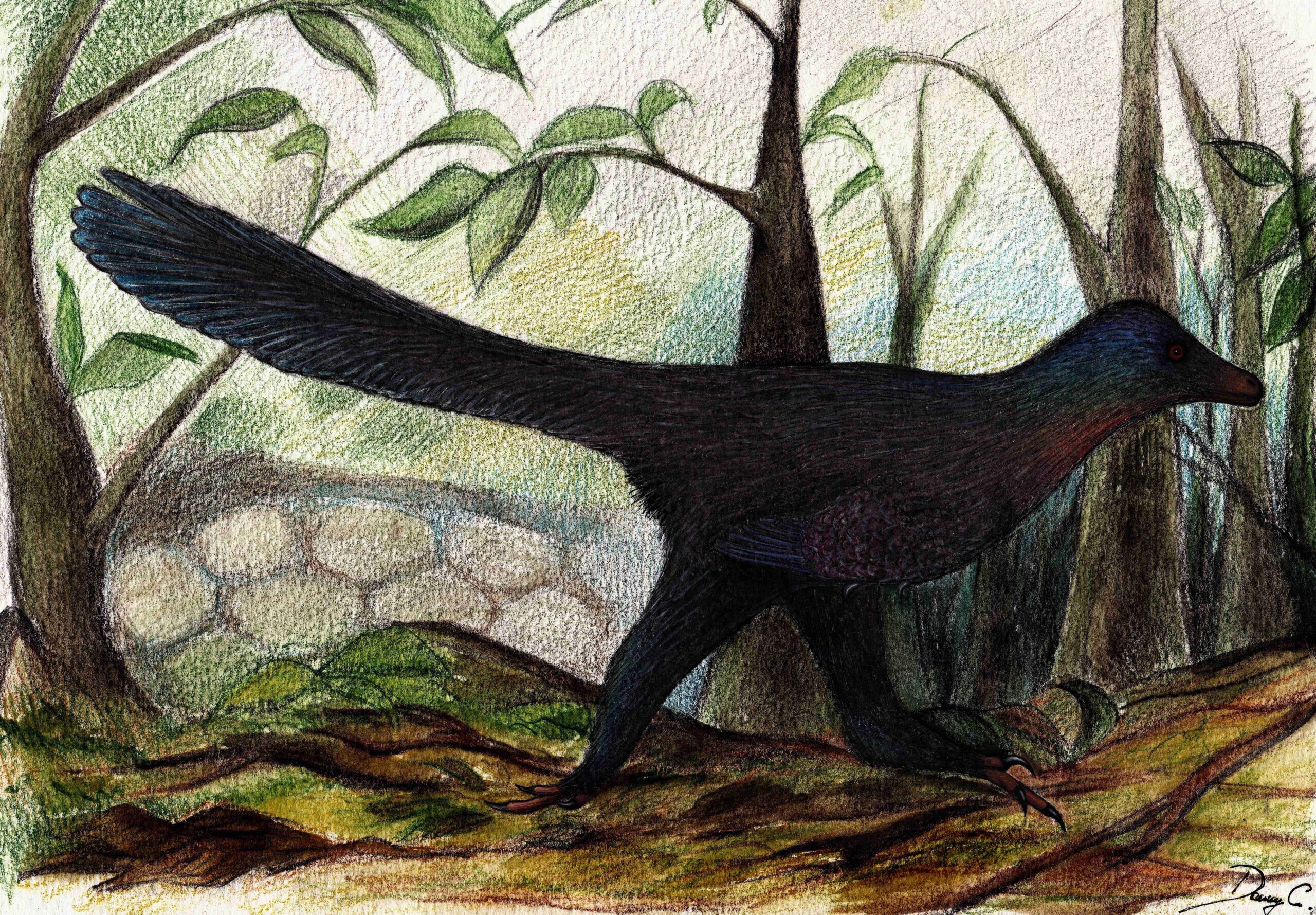
For years, dinosaurs were portrayed as lumbering, slow-moving creatures that dominated through size rather than speed. This perception has been dramatically challenged by biomechanical studies and trackway evidence suggesting many dinosaurs were capable of impressive speeds and agility.
The debate intensifies when discussing specific species like Tyrannosaurus Rex. Some scientists argue that T-Rex could run at speeds exceeding 25 mph, making it a formidable pursuit predator. Others contend that its massive size would have made such speeds impossible, suggesting it was more of an ambush predator or scavenger.
Modern computer modeling and analysis of dinosaur trackways have provided conflicting evidence, with some studies supporting high-speed locomotion while others suggest more conservative estimates. The truth likely varies significantly between species, with smaller dinosaurs probably achieving impressive speeds while larger ones faced greater physical constraints.
Intelligence Levels: Brainy Beasts or Simple Minds?
The stereotype of dinosaurs as dim-witted creatures has been thoroughly demolished by modern research, but scientists still debate just how intelligent these ancient animals actually were. Evidence suggests that many dinosaurs possessed complex social behaviors, problem-solving abilities, and sophisticated hunting strategies that indicate higher intelligence than previously assumed.
Some dinosaurs, particularly certain raptors and ornithopods, show brain-to-body ratios comparable to modern birds, suggesting they may have been quite intelligent. Fossil evidence of coordinated hunting, tool use, and complex social structures supports this view, but interpreting prehistoric behavior from fossil remains remains challenging.
The debate continues over whether dinosaur intelligence was more similar to modern reptiles or birds, with some species likely falling anywhere along this spectrum. Recent discoveries of dinosaur behaviors previously thought impossible have only added fuel to this ongoing scientific discussion.
Color Patterns: Rainbow Reptiles or Drab Dinosaurs?
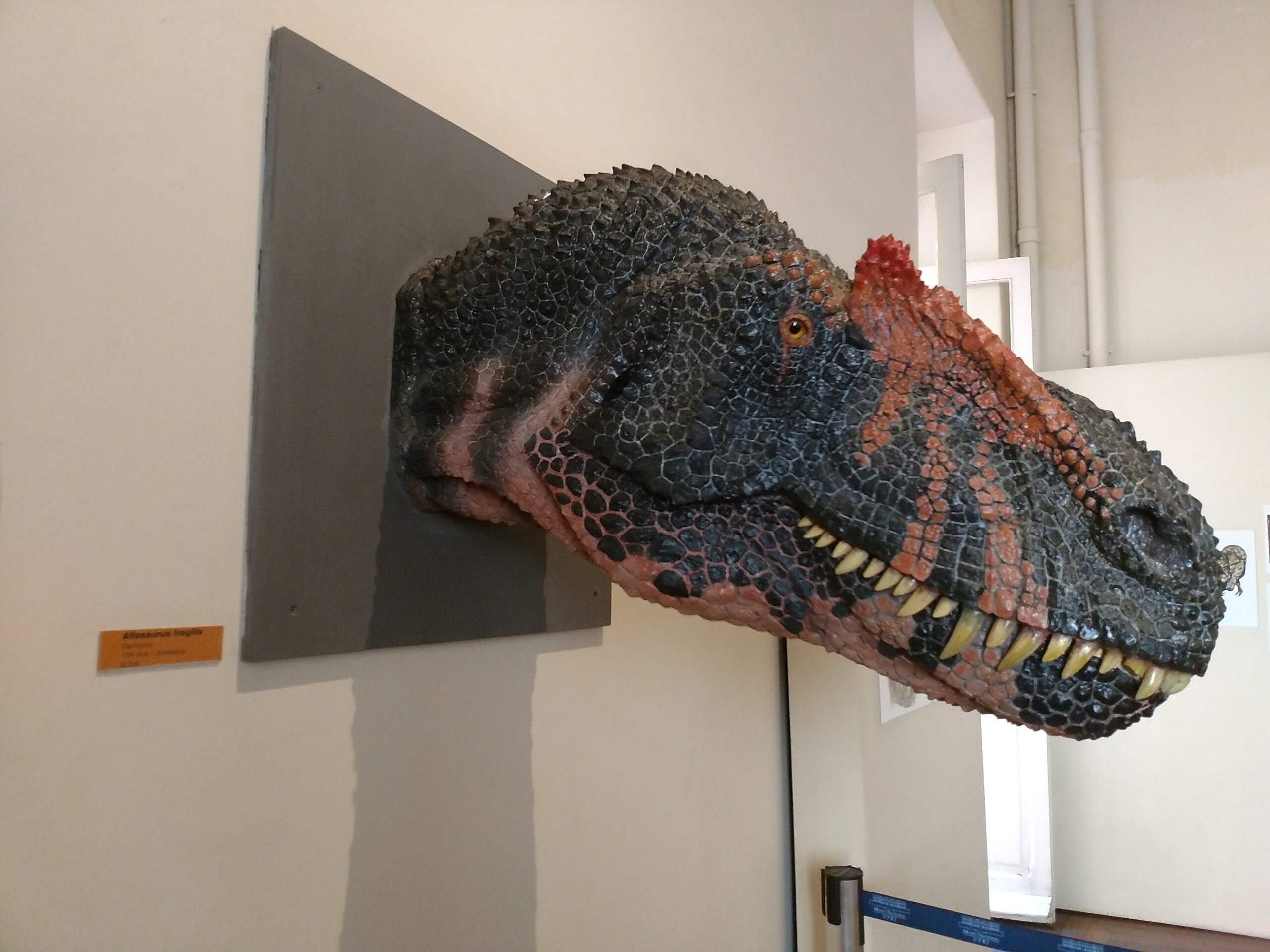
Until recently, dinosaur coloration was purely speculative, with artists typically depicting them in muted browns and greens. However, breakthrough research analyzing fossilized melanosomes (color-bearing cellular structures) has revealed that some dinosaurs sported vibrant colors and intricate patterns that would make a peacock jealous.
Scientists have successfully reconstructed the colors of several dinosaur species, revealing everything from iridescent feathers to striped patterns. However, the debate continues over how widespread colorful displays were among dinosaurs and what purposes these colors served – whether for camouflage, mate attraction, or species recognition.
The limitation of current techniques means we can only determine colors in exceptionally well-preserved fossils, leaving the vast majority of dinosaur species with unknown color schemes. This has created an ongoing debate about whether the colorful dinosaurs we’ve discovered represent the norm or exceptional cases.
Social Structures: Pack Hunters or Solitary Predators?
The concept of dinosaurs hunting in coordinated packs has captured public imagination, but scientists remain divided on how common such behavior actually was. While some fossil evidence suggests group hunting strategies, particularly among smaller predators, other interpretations point to more solitary lifestyles.
Trackway evidence showing multiple dinosaurs moving together has been interpreted as evidence of pack behavior, but skeptics argue these could represent coincidental gatherings rather than coordinated social groups. The famous “fighting dinosaurs” fossil from Mongolia shows individual combat, but whether this represents typical behavior or an exceptional circumstance remains debated.
Modern research suggests that social structures likely varied dramatically between species, with some dinosaurs living in complex social hierarchies while others remained largely solitary. The challenge lies in distinguishing between evidence of true social behavior and simple aggregation for resources or safety.
Extinction Theories: Asteroid Impact or Gradual Decline?
While the asteroid impact theory has gained widespread acceptance as the primary cause of dinosaur extinction, scientists continue to debate the relative importance of various factors that contributed to their demise. The discovery of the Chicxulub crater provided strong evidence for a catastrophic impact, but this doesn’t tell the complete story.
Some researchers argue that dinosaurs were already in decline due to volcanic activity, climate change, and other environmental pressures before the asteroid hit. Others maintain that dinosaurs were thriving right up until the impact event, suggesting the asteroid was the primary culprit.
The debate has evolved to focus on the complex interplay of factors that led to extinction, with most scientists now acknowledging that multiple causes likely contributed to the end of the dinosaur era. Recent discoveries continue to refine our understanding of this pivotal moment in Earth’s history.
Breathing Mechanisms: Bird-Like Lungs or Reptilian Systems?
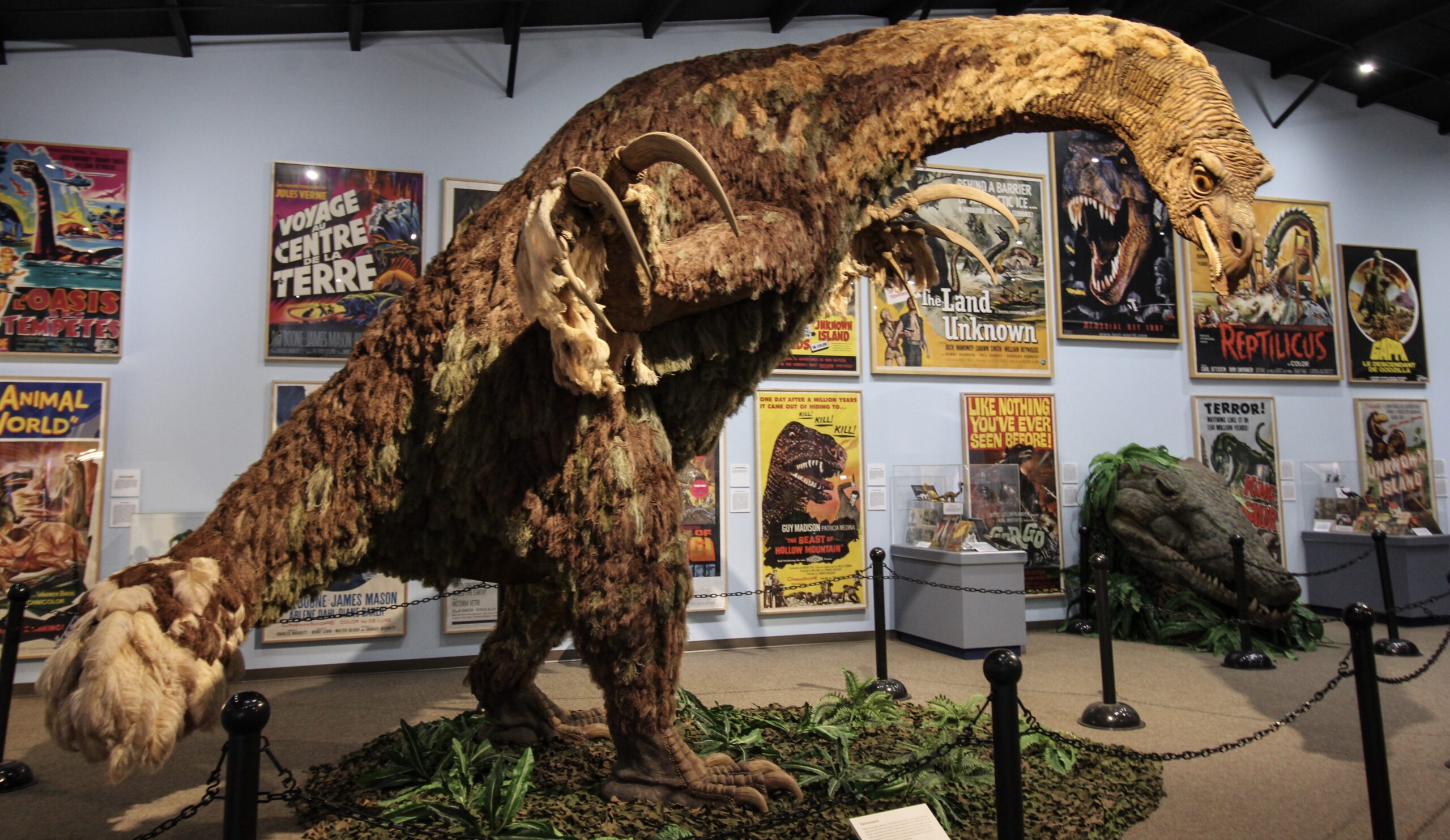
The respiratory systems of dinosaurs represent another area of active scientific debate. Some researchers propose that dinosaurs possessed air sac systems similar to modern birds, which would have made them incredibly efficient breathers capable of supporting high-activity lifestyles.
Evidence from dinosaur fossils shows pneumatic bones (hollow bones with air spaces) that strongly suggest bird-like respiratory systems in at least some species. However, the extent to which this trait was present across different dinosaur groups remains contentious, with some scientists arguing for more traditional reptilian breathing mechanisms in certain lineages.
This debate has significant implications for our understanding of dinosaur metabolism, activity levels, and evolutionary relationships. Advanced respiratory systems would support arguments for warm-blooded metabolism and high activity levels, while more primitive systems might suggest different physiological capabilities.
Growth Patterns: Rapid Development or Slow Maturation?
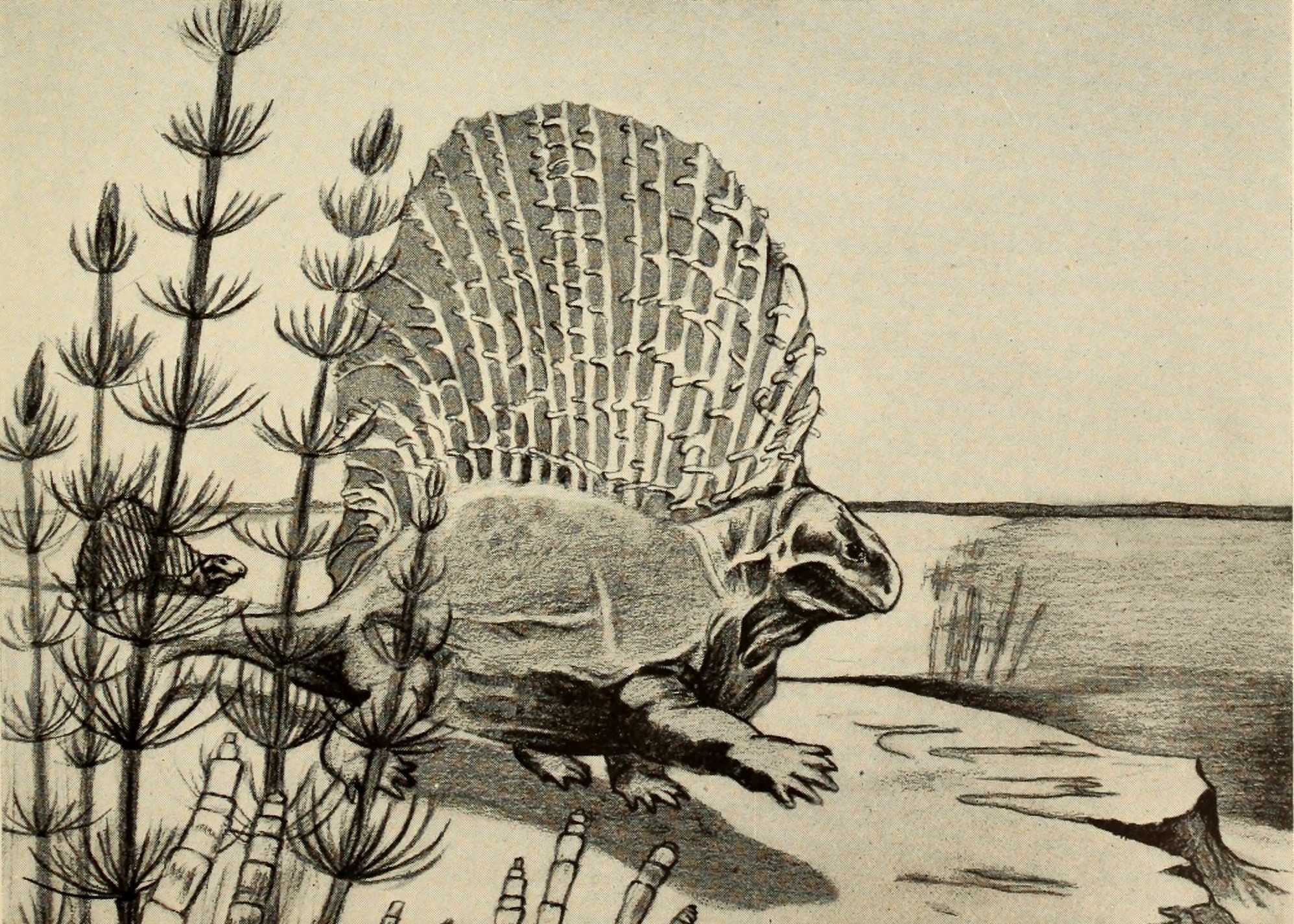
The rate at which dinosaurs grew from hatchlings to adults has become a major point of scientific discussion. Analysis of dinosaur bone histology (microscopic bone structure) reveals growth patterns that challenge traditional assumptions about reptilian development.
Some studies suggest that dinosaurs grew at rates comparable to modern birds and mammals, reaching adult size in just a few years rather than decades. This rapid growth would require substantial metabolic energy and sophisticated physiological systems, supporting arguments for warm-blooded metabolism.
However, other research indicates more variable growth patterns, with some dinosaurs showing evidence of seasonal growth spurts followed by periods of slower development. The debate continues over whether these patterns represent environmental responses or fundamental differences in dinosaur physiology across different species and time periods.
Communication Methods: Silent Stalkers or Vocal Virtuosos?
Beyond simple sound production, scientists debate the complexity of dinosaur communication systems. Evidence suggests that some dinosaurs possessed sophisticated ways of communicating through visual displays, chemical signals, and potentially complex vocalizations that we’re only beginning to understand.
Fossil evidence of elaborate crests, frills, and other ornamental features strongly suggests visual communication played a major role in dinosaur social interactions. However, the extent to which these features were used for species recognition, mate attraction, or territorial displays remains hotly debated.
Recent research into dinosaur inner ear structures has revealed that some species could hear low-frequency sounds, suggesting they might have communicated using infrasonic calls like modern elephants. This possibility has opened new avenues of research into dinosaur social complexity and communication strategies.
The Future of Dinosaur Science: What’s Next?
As technology continues to advance, our understanding of dinosaurs evolves at an unprecedented pace. New analytical techniques, improved fossil preservation methods, and cutting-edge research tools are constantly reshaping our knowledge of these ancient creatures.
The integration of artificial intelligence, advanced imaging techniques, and molecular analysis is beginning to unlock secrets that were previously impossible to investigate. Scientists are now able to study dinosaur proteins, analyze microscopic structures, and create incredibly detailed reconstructions of prehistoric ecosystems.
Despite these advances, many fundamental questions about dinosaur biology and behavior remain unanswered. The ongoing debates in paleontology reflect the dynamic nature of scientific discovery, where each new finding has the potential to revolutionize our understanding of these magnificent creatures that once ruled our planet.
Conclusion: The Never-Ending Story
The five myths we’ve explored represent just the tip of the iceberg in terms of ongoing scientific debates about dinosaurs. From their appearance and behavior to their extinction and evolution, these ancient creatures continue to surprise and challenge our understanding of life on Earth.
What makes these debates so fascinating is that they’re not just academic exercises – they’re reshaping our fundamental understanding of evolution, extinction, and the history of life itself. Each new discovery adds another piece to the puzzle, but also raises new questions that keep scientists digging deeper into the prehistoric past.
The next time you see a dinosaur in a movie or museum, remember that you’re looking at our best current guess about what these creatures were really like. The truth is likely far more complex, colorful, and amazing than anything we’ve imagined so far. What other surprises are waiting to be discovered in the fossil record?

